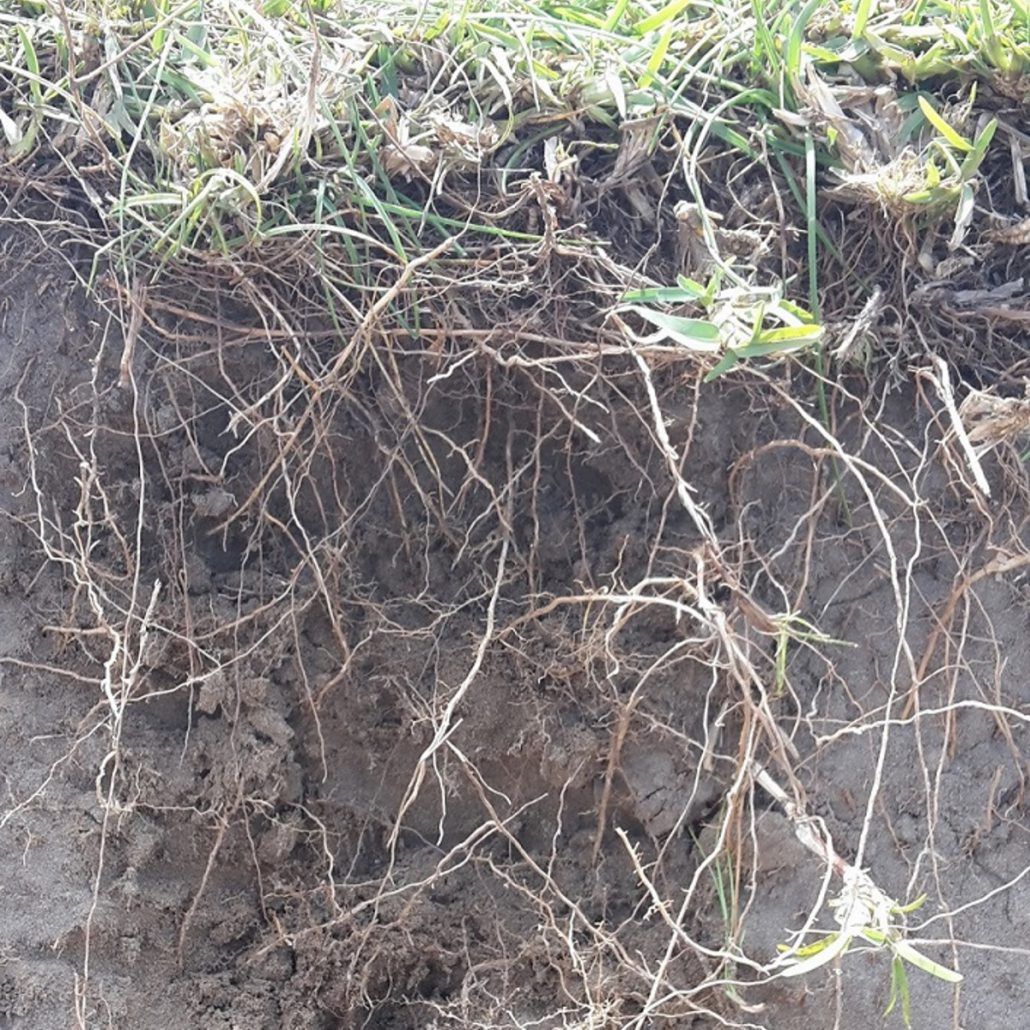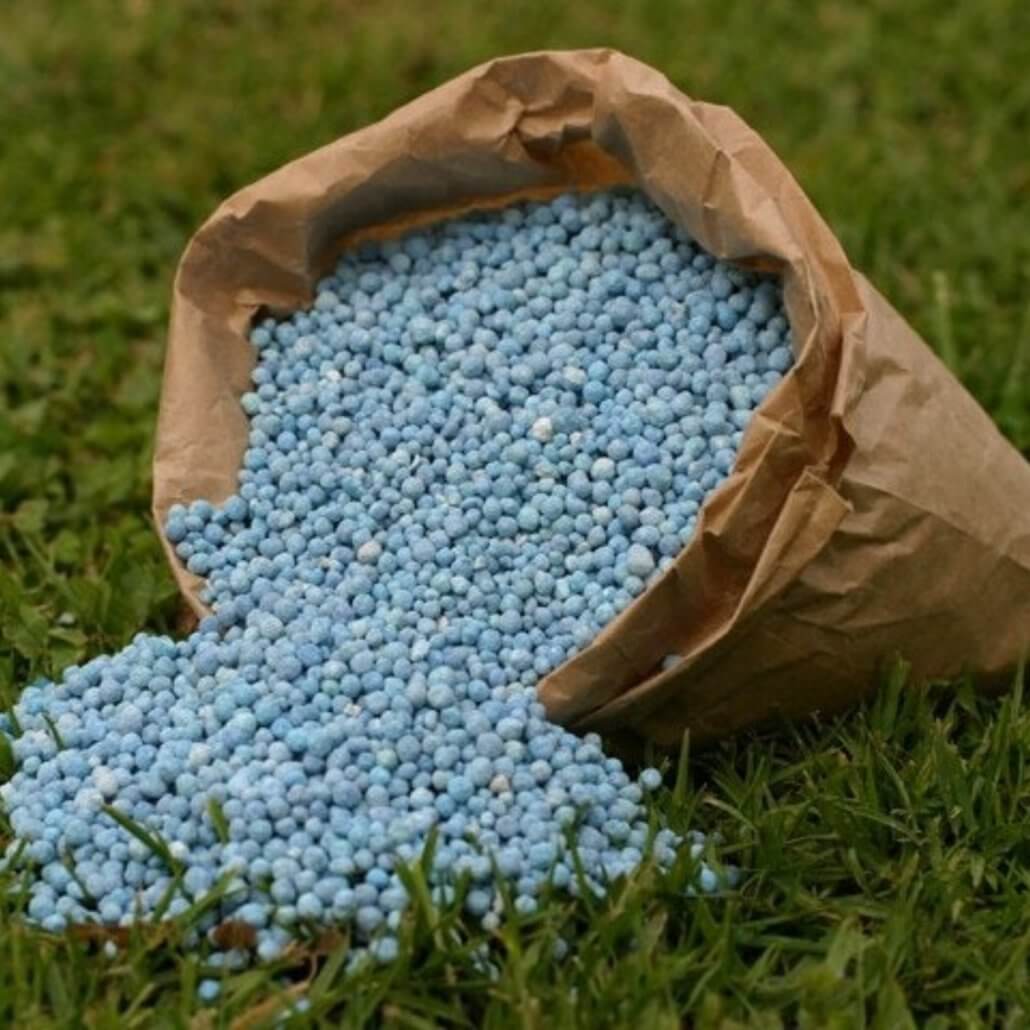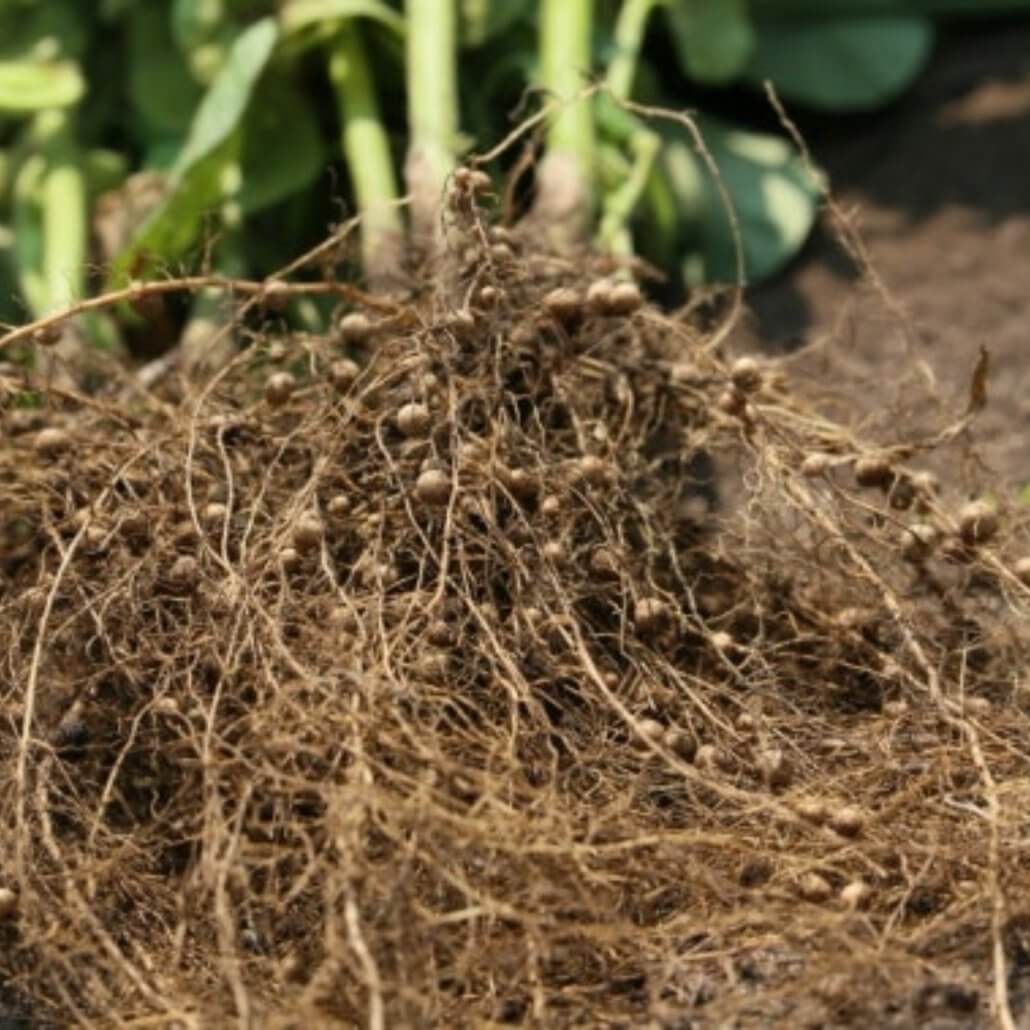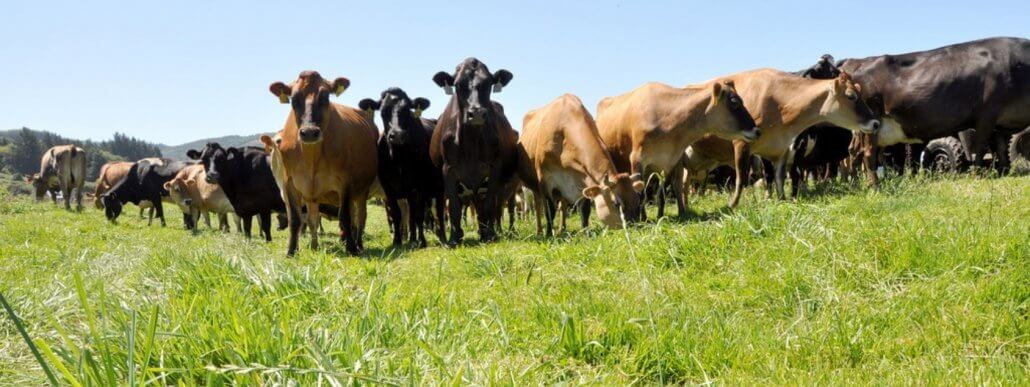Nitrogen is a nutrient that is crucial for the optimal growth of plants. Its role in plant health may very well be unparalleled, but what happens when it becomes excessive in the soil? Is it “the more the better”, or rather a case of “too much of a good thing”? Well, this blog aims to answer these questions.
Nitrogen is more plentiful in the air than oxygen, making up 78% of the atmosphere. Nitrogen enters the soil in various ways. It can be through decomposing plant material (e.g. roots, stems and leaves); fertilizers (both organic and inorganic) and can also be fixed directly into the soil by some plants that belong to the legume family (e.g. lucerne and clovers).
The addition of nitrogen to the soil via fixation and through decomposition of plant material is unquestionably the cheapest and most efficient way of feeding the soil with nitrogen. It is this form of nitrogen that farmers should aim to maximize rather than fertiliser nitrogen, which is often quite expensive.
The natural processes of nitrogen addition result in an abundance of nitrogen in the soil. Although some is lost through leaching and gaseous nitrogen loss, over 90% of the nitrogen in the soil is locked and in an immobile form. This nitrogen is locked into the bodies of the living soil life, often referred to as microbial nitrogen, as well as dead soil organic material.

Pasture roots

Nitrogen fertiliser

Root nodules
With soils swimming in nitrogen, it is safe to say that soil will NEVER run out of nitrogen. What they can run out of is the available form of nitrogen. Enter the micro-organisms, which can fix the problem of nitrogen unavailability. The process of how the microorganisms facilitate this process has been explained comprehensively in this soil food web series of blogs.
Now that we understand this process, we can answer the earlier question. Nitrogen has a “too much of a good thing” problem. Nitrogen, whichever form it is in, presents damaging problems when it becomes excessive in the soil. These problems could result in reduced crop yields, an opposite of the role nitrogen is supposed to play when it is available in optimal amounts.
We have been researching this dynamic in the soil over the past two years and we have begun to identify, and measure, several negative consequences to excess nitrogen in the soil. The negative effects include the following:
- Imbalanced soil C/N ratio: When the C/N ratio in the soil is below 20, it means the soil has “excess” N in relation to the existing C amount. This excess N leads to the depletion of the carbon reserves and results in temporal rapid N mineralisation. The N mineralised is quickly lost through leaching and volatilisation, because it is being made available at an excessively higher rate than what the plan can take up. The mineralisation process should produce available N at a rate which meets the demand of a crop for it to be regarded as effective.
- Deactivates mould fungal growth: Excessive N deactivates mould in two ways. One, by facilitating the process of rapid carbon depletion, and two, by burning mould through excessive nitrogen concentration in the soil. Mould fungi are carbon lovers and they are also its manufacturers. This is proven by their bodily requirement of ten carbon molecules to one nitrogen as opposed to a mere five carbons to one nitrogen of bacteria. Soils with too high nitrogen reduce the positive role which carbon is meant to play in the soil, i.e. to provide energy for the soil life. When energy is limited, microbial processes are also limited.
- Contaminates freshwater sources: This negative effect can be easily explained using this one word, eutrophication. The addition of nutrients such as nitrogen and phosphorus in freshwater encourage the growth of aquatic producers such as algae. The excessive growth of algae dramatically disrupts the entire ecosystem. It depletes oxygen, which is then followed by high oxygen demand in water. Aquatic animals, such as fish, then suffocate and die due to lack of oxygen. Overgrowth of algae blooms can also block light from getting into the water and limit the ability of aquatic plants to photosynthesize. Photosynthesis = carbon = energy = food. Photosynthesis also = oxygen.
There are many other impacts not mentioned here, and there could be many more effects which we will discover as the science continues to grow in this area. Nevertheless, the known effects of excess nitrogen are causing serious financial and long-term environmental consequences.
I fully acknowledge that nitrogen is essential for plant nutrition, and thus for animals as well. In fact, it is ranked as the fourth most important nutrient in any living tissues, behind oxygen, carbon, and hydrogen. I believe it is actually nitrogen’s high-ranking importance to plant growth that is at the heart of the damage it causes. We must remember that too much of a good thing can very quickly become a bad thing.
- The management of soils with excessive sodium and magnesium levels - 2023-06-12
- Understanding evapotranspiration better - 2021-10-18
- Soil fungi connections - 2021-09-28

